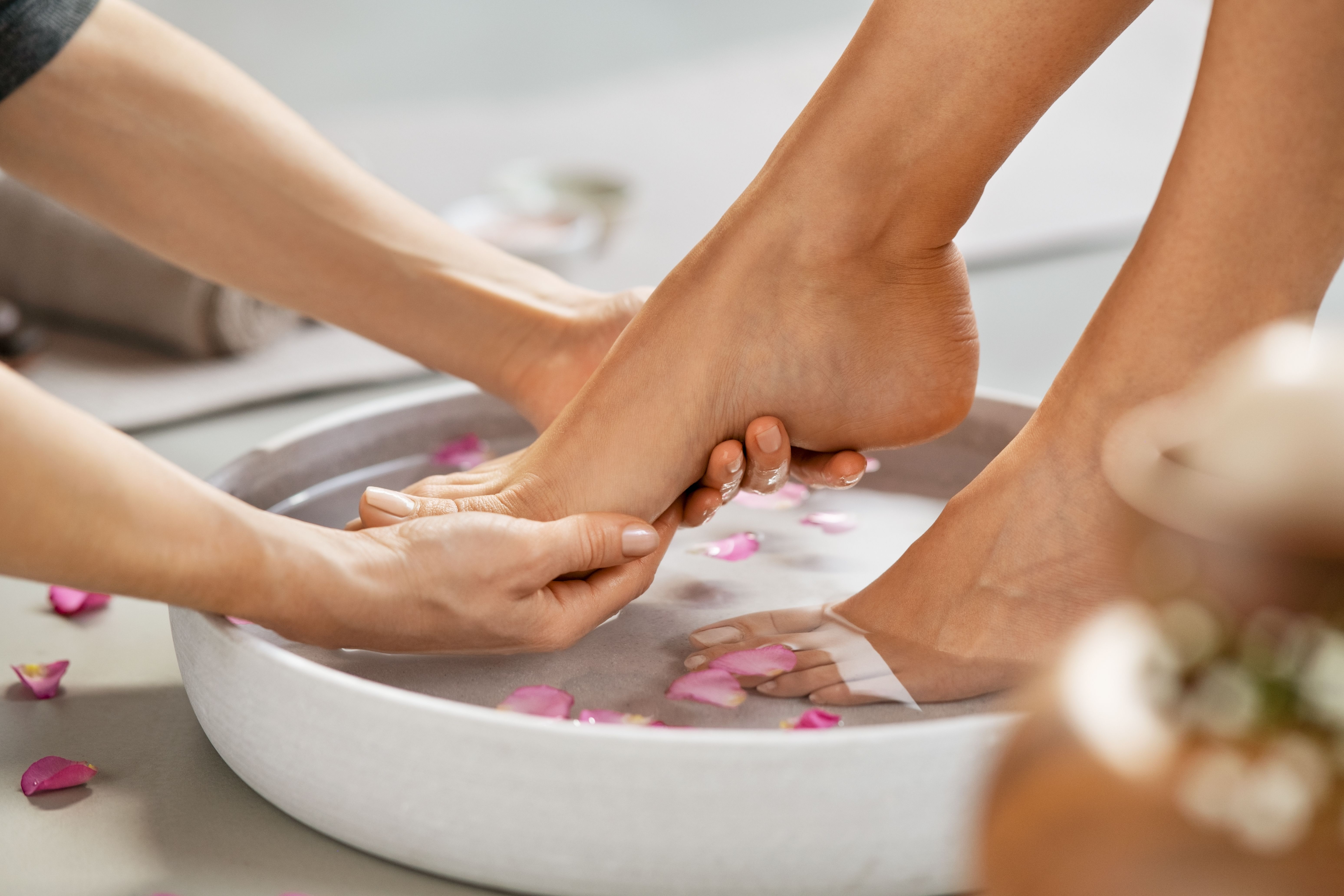Relieving Plantar Fasciitis with Massage Therapy
Understanding Plantar Fasciitis
Plantar fasciitis is a common foot condition that affects many individuals, particularly those who are on their feet for long periods. It occurs due to inflammation of the plantar fascia, a thick band of tissue that runs across the bottom of your foot, connecting your heel bone to your toes. This condition can cause significant pain, especially in the morning or after long periods of standing or sitting.
While there are several treatment options available, massage therapy has emerged as an effective method for relieving the discomfort associated with plantar fasciitis. By focusing on the affected areas, massage therapy can help reduce inflammation and promote healing.

The Benefits of Massage Therapy
Massage therapy offers a range of benefits for those suffering from plantar fasciitis. Here are some of the key advantages:
- Pain Relief: Targeted massage can help alleviate pain by loosening tight muscles and improving blood circulation in the affected area.
- Improved Mobility: Regular massage sessions can enhance foot flexibility, making it easier to move without discomfort.
- Reduced Inflammation: Massage helps decrease inflammation in the plantar fascia, promoting healing and reducing swelling.
Types of Massage Techniques
Several massage techniques can be employed to relieve plantar fasciitis symptoms. Some of the most effective methods include:
- Deep Tissue Massage: This technique involves applying firm pressure to reach deeper layers of muscle tissue, which helps release tension and break up scar tissue.
- Myofascial Release: Focused on stretching and loosening the fascia, this technique can help reduce pain and improve flexibility.
- Trigger Point Therapy: By targeting specific points on the foot, this method can relieve tightness and ease pain.

Incorporating Massage into Your Routine
To maximize the benefits of massage therapy for plantar fasciitis, consider incorporating it into your regular self-care routine. You can schedule professional massage sessions or perform self-massage techniques at home. Using a tennis ball or a specialized foot roller, you can gently massage your foot by rolling it back and forth over the tool.
Additionally, combining massage therapy with other treatments such as stretching exercises, proper footwear, and rest can further enhance recovery and prevent future flare-ups.

When to Seek Professional Help
While massage therapy can be highly effective for many individuals, it’s important to recognize when professional help is needed. If you experience severe or persistent pain that does not improve with self-care measures, consult a healthcare professional. They can provide a comprehensive treatment plan tailored to your specific needs.
Moreover, if you have any underlying health conditions or concerns about trying massage therapy, it’s always best to seek advice from a qualified practitioner to ensure safety and effectiveness.
Maintaining Long-Term Foot Health
In addition to regular massage therapy sessions, making certain lifestyle changes can help maintain long-term foot health and prevent plantar fasciitis from recurring. Wearing supportive shoes, maintaining a healthy weight, and avoiding excessive strain on your feet can all contribute to healthier feet.
By taking proactive steps to care for your feet and incorporating massage therapy into your routine, you can effectively manage plantar fasciitis and enjoy improved comfort and mobility.
